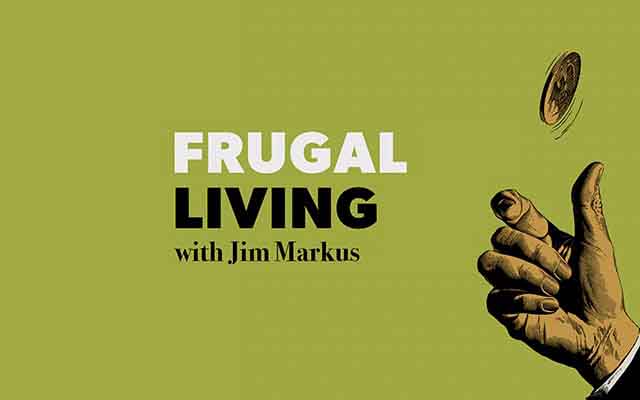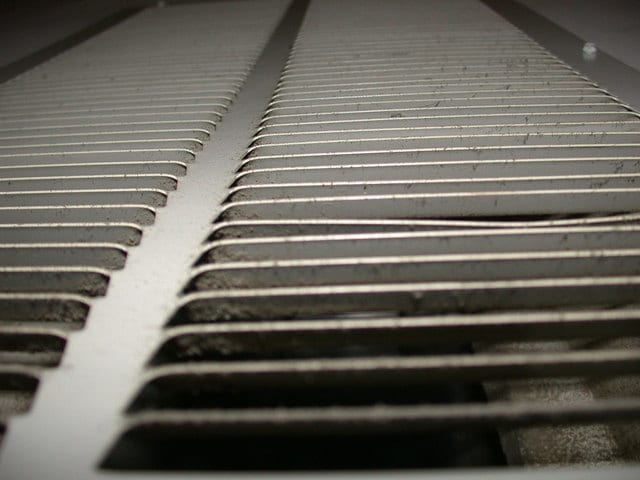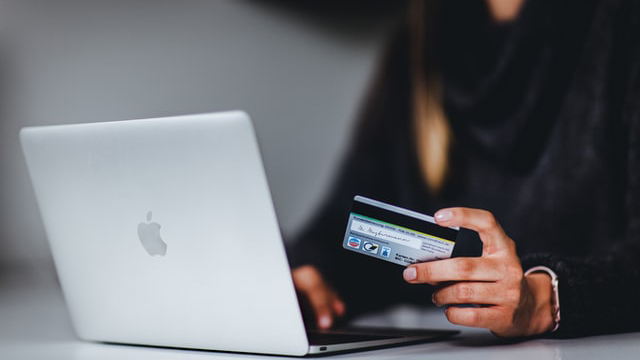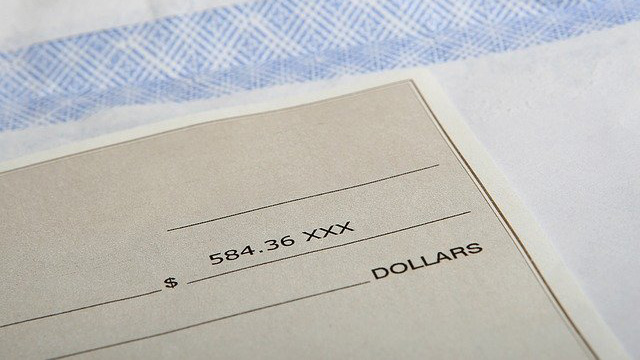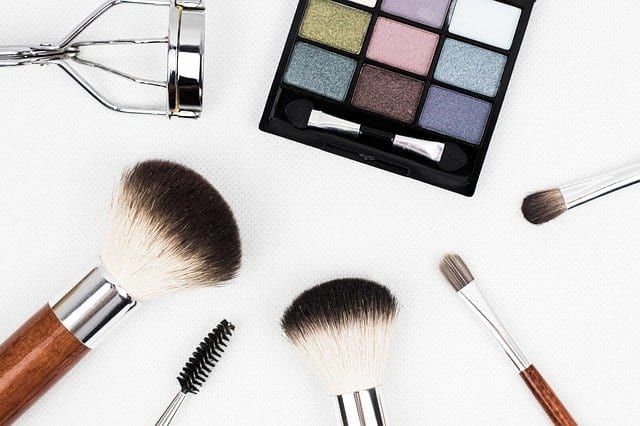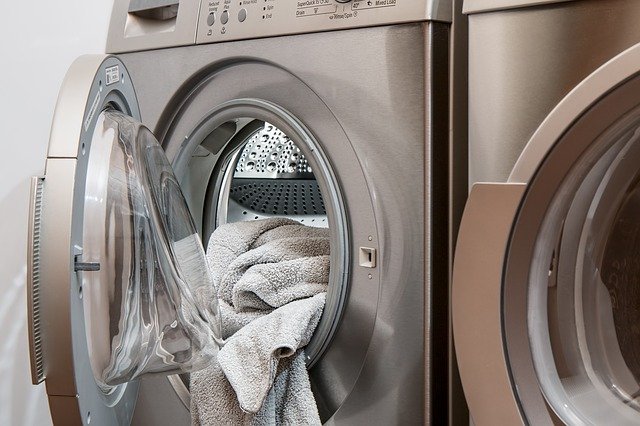In this episode, Jim speaks with two expert educators about credit scores. Check out Frugal Living on Apple Podcasts, Spotify, Google Podcasts, Amazon, Anchor.fm, iHeartRadio, or anywhere you go to find podcasts.
Our whole economic system relies on credit. But what does that mean for the average consumer? What makes up a credit score? How do you keep track and, just as importantly, how do you improve your credit? This week, we dig into those questions with two subject-matter experts.
Learn More About Your Credit Score and Why We Use Them
Sean Trainor, an educator who wrote on the subject for TIME, first helps us understand the history of modern credit reporting. He talks about the origins of our system (and why it’s the best we have at the moment).
Then Angel Radcliffe, a financial educator and business strategist, breaks down another common topic: How to improve credit scores. Her advice? Pull your own credit, read your report, and understand what comprises your score.
Want to hear the whole show? Check it out on Apple Podcasts or Spotify. We also have a full transcript below.
Read a Transcript From This Episode
Jim (00:03):
This is Frugal Living. <music> One subject keeps coming up in a lot of these conversations and we felt it deserved exploration. That topic: credit scores. When I graduated college, I tried to get a $500 loan for a car. I’m not a thousand years old. That was dirt cheap for a used car, even back then. But I needed the money quickly if I wanted to take that car to an interview in a different city. I went to a bank and was greeted by a woman with a starched white collar and was offered a seat. As I explained my need–I just graduated, I’m looking for my first full-time salary job, and I need a small loan for a car–she smiled and listened. Then she stood up and explained, “You don’t have any credit. So you can’t qualify for a loan.” Except I already had loans. As a college student, I had mountains of debt, student loans, loans that were extended to me without my understanding what they were. So I started to leave, but she stopped me. “Wait,” she said, “we can still offer you a credit card and use that like a loan.” This was terrible financial advice. I didn’t have any income, but she was advising me to take out a high-interest credit card when I was already in debt. So I did what I imagine many people would’ve done in that situation, at that age, without any guidance. I took the credit card, got $500 in cash from it, and bought a car. It brought me to an interview. I got lucky. It wasn’t a high-paying job, but it was a regular paycheck and enough for me to get out of that initial credit card debt. But the whole situation left me with questions. Why was I qualified for a credit card but not a small loan, especially when I was given an enormously higher amount when I was a younger age? To understand, I started looking at the history of credit scores and the history of credit reports. I reached out to Sean Trainor, who wrote an article on that exact subject for Time. The unexpected start? Credit reporting started with commercial lending. <music>
Sean (02:14):
The best place to start is to think about how credit loans and debt worked for most of human history. Which is basically before somebody made a loan, they would ask around about the person they were planning on loaning money to, and they, you know, would try to find out if this person had the money to repay the debt in the future. And if they were, you know, honest and, and likely to actually repay that debt. But by the 19th century, as the commercial landscape, the economic landscape is getting more and more complex. There’s a lot more long-distance trade, a lot more long-distance lending, basically financial institutions need information about potential creditors that can be shared at great distances. And so, at least initially, there’s, there’s an effort in the U.S. primarily focused on commercial lending to collect information about creditors. And initially this is just, you know, these big books where these companies initially called, like, the Mercantile Agency Bradstreet Company, they’re just jotting down rumors and hearsay about folks all over the country. Eventually there are efforts to make that information about potential creditors more actionable and more readily legible, right? So if you just have, like, a book that, that records a bunch of rumors about people, that doesn’t necessarily help lenders figure out who they should and should not loan money to. And so, at least initially, there are some simple rating systems that try to codify this collection of rumors into, you know–Basically like letter grades. Like, “A, okay, this person’s a safe bet, go ahead and lend them money. You’re likely to get it back. This person’s an F. You know, don’t loan them money. You’re not likely to get it back.” That’s sort of the, the deep origins of credit scores there. Today there wouldn’t be any sort of innuendo that needs to be deciphered or, or even made in the first place. It’s really just a number and people aren’t reading into that information to try to discern something about the person’s character. It’s just a number on the screen. If it’s a high number, financial institutions, you know, are more likely to make the loan. If it’s a low number, they’re, they’re less likely. So it introduces a great deal more distance between the lender and the person applying for credit. The algorithm absorbs the task of, of judgment in a sense, which previously would have been taken on by the financial institution or, or the lender. Like so many things about modern society, it’s a layer of distance between social relations that were not there before. On the one hand, the credit score is less, kind of, nakedly moralizing than it used to be. There’s a lot of moral judgment baked into those notes. And the, the number strips that away. It also means that your financial identity–which is a term that I’m borrowing from the historian, Josh Lauer, who’s written a great book on the subject of credit worthiness and credit scoring–that your financial identity is more portable, right? You don’t need to, you know, call some credit rating agency and have them send over a bundle of notes to a potential lender. You just, you, you’ve got this score. Anybody can look it up. And so that’s good. Of course, it’s also potentially bad. If you do have a bad credit score, it, it kind of follows you everywhere. So, you know, the fact that it’s less moralizing, the fact that it’s portable, the fact that there’s some degree of objectivity, these are all positive things. The fact that, you know, it’s so hard to escape bad credit, that the credit score is based on data that’s basically generated by a, a society that includes biases and systems of oppression, and is therefore itself compromised by that source of the data, these are all negative things. So even, you know, all these years after writing this, this article and, and having thought about the subject of credit reporting on and off for these years, I’m still not really sure where, where I stand. I mean, there are things that are profoundly invasive about the modern system. But I can’t bring myself to say that this is in any way worse than having your neighbors sort of compile rumors about you and therefore be judged on that basis. <music>
Jim (06:43):
This episode, as always, was brought to you by Brad’s Deals. There’s a community of people here scouring the web for the best deals on everything. The site is B R A D S D E A L S.com. One trick for deal hunters: You can sign up for the Brad’s Deals newsletter. That way, you’ll have a better chance of snagging something stellar before it sells out. Thanks for listening. <music> Sean’s insight revealed the history of credit reporting, and it helped me consider how I evaluated my own experience. It might not be a perfect system, but it’s the system we have. And that brings me to the next segment of our show. What do we need to know about credit scores and credit reports? Now, Angel Radcliffe, a financial advisor and business strategist, broke it down for me.
Angel (07:36):
I’d like to point out first that everyone is eligible to receive a free copy of their credit report every year by visiting AnnualCreditReport.com or by checking with your bank or credit union, credit card company. Now, a lot of these financial services and companies are offering free credit report. There’s also Credit Karma, Credit Sesame that you can sign up for and receive that report and score. But, you know, getting to the information in the actual credit report, once you pull it, you, you may ask yourself, “Well, how did they compile all of this information?” And I tell everyone, you know, it’s important to understand, one, most of it is your payment history. But, two, things such as your personal information, where you work, your phone numbers, all of that’s taken from your actual credit application. So whatever a consumer’s placing on their credit application, that’s what’s going to end up in the credit report as far as updated information. So, you know, there’s so many different sections within the credit report itself. There’s the personal information. You’ll see if you have any collections, public records such as bankruptcies and repossessions and things of that nature. If you’ve been evicted, that shows up on your credit report. So no matter if you have a good payment history, a poor payment history, that shows on your credit report. As well as the credit inquiries. And, you know, so many people don’t really pay attention to their credit inquiry section or think about, you know, the many times that we’re out shopping. We’re in the mall and you get ready to check out. And they’re like, “Well, if you sign up for this credit card, we’re gonna give you $50 off your order.” And sometimes, you know, we apply just to get the 50 bucks off. But we don’t understand how that impacts our credit report and credit score. Credit inquiries remain on your credit report for two years. And it might not seem like a long time, you know. But if you are going to purchase a vehicle, a home, it is very important to keep those inquiries low because creditors may start to look at you like a risk. If you have 20 inquiries, that means that you’re anxious for, for credit. So it’s important to keep those low. And they don’t take off too much of your score, like, one or two points here and there. But every inquiry, you know, that’s a few more points that your score is going down. So it’s important to manage. Of course, you know, there’s so many more details to understand as far as the balances, the balance history. Typically credit reports will contain seven years of history in your credit report. Unless it’s something negative, such as a public record, those remain for 10 years. And, you know, I always tell people it’s so important to check your credit report, even if you’re not a credit person. Because I usually get people who say, “Oh, I don’t do credit. I do cash.” Well, what if someone’s gotten hold of your identity? They could have stolen your identity. Or something so simple such as, like, a phone bill, or… I know now there are rental companies that are reporting rental history to credit reports. You still need to check to make sure the information is being reported accurately. All of these different components that we just got done discussing, they really make up small percentages of your score. And the most of that percentage is your payment history. So, it’s so important to make sure, one, you’re paying your bills on time. Two, the creditors are doing their due diligence and reporting on time. And then understanding your utilization. So how much credit are you using versus the credit that you are extended? It’s important to keep your credit utilization below 30%. So that is the preferred number and that’s total credit utilization for all of the credit that you have extended. So if it’s a line of credit or a credit card, you wanna make sure that you’re keeping it down. But specifically, you know, for one account, because it will definitely limit your ability to have those credit line increases. Or, you know, once you do pay your balance down, that creditor may look at you like a risk and they may mark you as carrying a high balance over time. So keep that in order because the utilization impacts your score by 30%. So say for someone who has great credit, they have a 750 credit score. And all of a sudden they’re maxing out their credit. You might see that credit score tank and getting the six hundreds. And you don’t understand why. And it’s because, you know, your utilization. You can pay your bills on time all you want and keep inquiries low. But if you are starting to max out your credit, you’re gonna see your score start to go down. And then, the other three components are really the length of your credit history, your credit mix, meaning that you have a variety. So you might have a vehicle loan, a mortgage, a line of credit, or credit card. Seeing that you have different types of credit impacts, but it’s small, only 10%. And that’s as well as, like, the new credit. So, I always tell people make sure that you’re paying attention to all of those components, especially the two most important, payment history and credit utilization. So there’s five factors when calculating your credit score. There’s your payment history, the credit utilization, or the amount that’s owed, the length of credit history, new credit, and your credit mix. All five of those components really make up if you have good credit or bad credit.
Jim (12:42):
So I asked, “What’s the biggest thing people overlook in regards to their credit?”
Angel (12:47):
The first thing that people are not doing or overlooking, people are not pulling their credit report. And, you know, as I mentioned earlier, there are some people who hate credit. And I always tell everyone credit is so important. And some people will say, “No cash is king.” Well, we can go hours and hours on that particular discussion and have that debate. But it’s always so important to have that credit. It impacts so many things in our lives or so many areas, such as, one, your auto insurance. And if you’ve ever noticed when you apply for auto insurance, they check your credit report. They wanna make sure that, ‘Hey, like, you are of good character, you have good payment history.” And some people will ask, “Well, why is that? What if I’m gonna pay my insurance policy up for six months or for the year? Why do these insurance companies care?” Like, credit is a part of our everyday lives. Think about when you go to apply for a job. Depending, yeah, if it’s a high-profile job, if it’s a job in insurance, financial services, they are checking your credit report. And so many people don’t understand that. And if you don’t have credit, it’s not a major issue. But there are companies who will be less likely to hand you over a company credit card. They may wonder like, “Does this person know how to manage their credit or pay their bills on time?” Because there are, believe it or not, there are some companies who put that responsibility in the employee’s hand to actually pay that bill versus the company corporate accounting paying it. So, it impacts our daily lives. And, and some people just really misunderstand that aspect of understanding you have to have some sort of credit and you have to monitor it.
Jim (14:26):
So why couldn’t I get a modest loan for a modest car? Angel nailed it. I didn’t have any credit history. I hadn’t made any payments to anyone. I hadn’t opened any credit cards or developed any payment habits for any evaluation. Student loans were still in deferral. It might seem unusual, but my starched collar banker was looking out for my best interest when she recommended a credit card. She was showing me the most common way to build credit. Special thanks to this week’s guests, Sean Trainor and Angel Radcliffe. If you enjoyed today’s episode, please leave us a review on iTunes. You can also find today’s show notes and a transcript of the episode at Frugal.fm. Today’s episode was edited by Genny Blauvelt. And I’m Jim Markus. <music>
More About Frugal Living With Jim Markus
Frugal Living is a podcast for smart consumers. How do you spend less and get more? The show, sponsored by Brad’s Deals, features interviews, stories, tips, and tricks. Jim Markus hosts season five, out now.
The post Frugal Living: Why Do We Have Credit Scores? appeared first on The Brad's Deals Blog.
